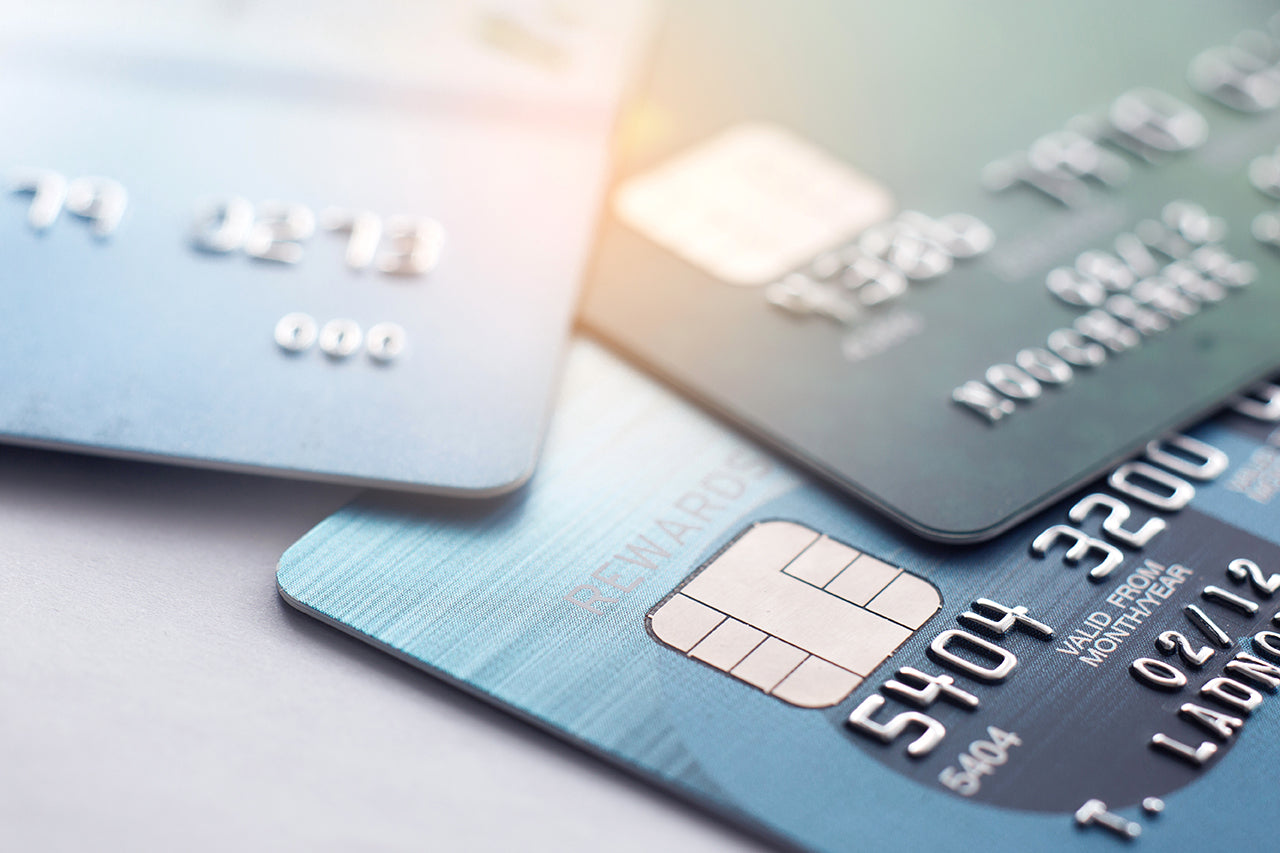Short to medium term savings are often stored in a traditional savings account. This is usually cash that you want easy access to for things like an emergency fund or home and auto down payments. Traditional savings accounts are typically kept at a local brick and mortar bank or credit union.
Even though you’ll be accessing these funds in the near future, it makes sense to utilize an account that earns you interest in the meantime. This will allow you to get to your savings goal even faster. Unfortunately, traditional savings accounts offer super low interest rates with a national average of just a measly 0.06%.
Thankfully, there are several alternative accounts and financial products that provide much better returns for your hard earned cash. To earn more, consider the 6 alternatives below.
1. Certificates of deposit (CDs)
A certificate of deposit is a popular banking product that accrues a predetermined amount of interest for a defined period of time. At the conclusion of the time period, you withdraw or “cash out” the CD. The beauty of CDs is that they’re guaranteed so there’s no risk of losing your cash or earning less interest than planned.
You’ll be able to choose the length of your CD, which can range anywhere from one month to several years. The longer the term, the higher the interest rate in most cases. Even short term CDs offer decent interest rates that will almost certainly be higher than a traditional savings account.
The fixed term can be a downside to CDs, however. There is usually a withdrawal penalty for accessing your cash early so make sure you won’t need it before the maturation date. This can be a positive though if you want a little help fighting temptation and sticking to your savings goals.
2. Money market accounts (MMAs)
Money market accounts are also a popular destination for savings. They often come with relatively high interest rates and unlike traditional savings accounts, they may even offer checks or debit cards for easy access to your cash.
This ease of access gives MMAs an advantage over CDs since your money won’t be locked away. This comes at a price though as MMAs often require large minimum deposits and stipulations that you carry a balance to avoid fees.
Like CDs, MMAs are also insured so you don’t have to worry about losing your savings due to market fluctuations or the service provider going out of business. High interest rates and low risk make MMAs an attractive option to stash your cash.
3. Cash management accounts (CMAs)
Cash management accounts are similar to money market accounts, but are typically serviced by a brokerage firm rather than a bank or credit union. CMAs are designed to combine both short-term investing and day-to-day banking.
Essentially, they function as a hybrid checking and savings account. CMAs provide checks and debit cards that are designed for daily use. While money market accounts may also provide checks and cards, they’re not designed for daily use like a CMA. A CMA could completely replace your checking account if desired, but a money market account would not.
The funds put in a CMA earn money through automatic low-risk investing while allowing access for daily spending. Your earned interest should be higher than with most savings accounts. If you already have an investment account, then check with your brokerage firm to see if they also offer CMAs. This could be an easy way to consolidate your checking, savings, and investment accounts under one roof for easier maintenance.
4. Online bank savings accounts
These accounts are most similar to a traditional savings account. Unlike your local brick and mortar bank or credit union, however, these banks exist solely online.
Online-only banks typically provide the same services that you can find at a regular bank, but with the benefit of higher earned interest on savings accounts and other financial products. The higher annual percentage yield (APY) and lower fees is a result of lower overhead than traditional banks that have a physical presence.
The trade off with these types of banks is no in-person customer service so you’ll need to be comfortable with technology and accessing your account online. This would involve use of a smartphone app or computer to manage your funds. Don’t worry though, you’ll almost certainly have access to 24/7 support via phone or chat if you have any questions or concerns.
5. Peer-to-peer lending programs
Personal loans funded by individual investors instead of banks are considered peer-to-peer loans. Several online platforms exist, such as Lending Club and Prosper, that bring borrowers and investors together.
As an investor, you’ll deposit funds that are then loaned out to one or several borrowers who pay it back in regular installments with interest. The interest you earn will be many times higher than that of a traditional savings account.
While the bulk of your money will be tied up for the length of the loan, you will typically receive monthly installments as payments are made. In addition to less liquidity, this strategy also involves the highest amount of risk since the borrower could default on the loan. Lending platforms vet their applicants thoroughly, however, so you’ll have options to minimize your risk. You can loan with less risk and less returns or higher risk and higher returns. The choice is yours!




